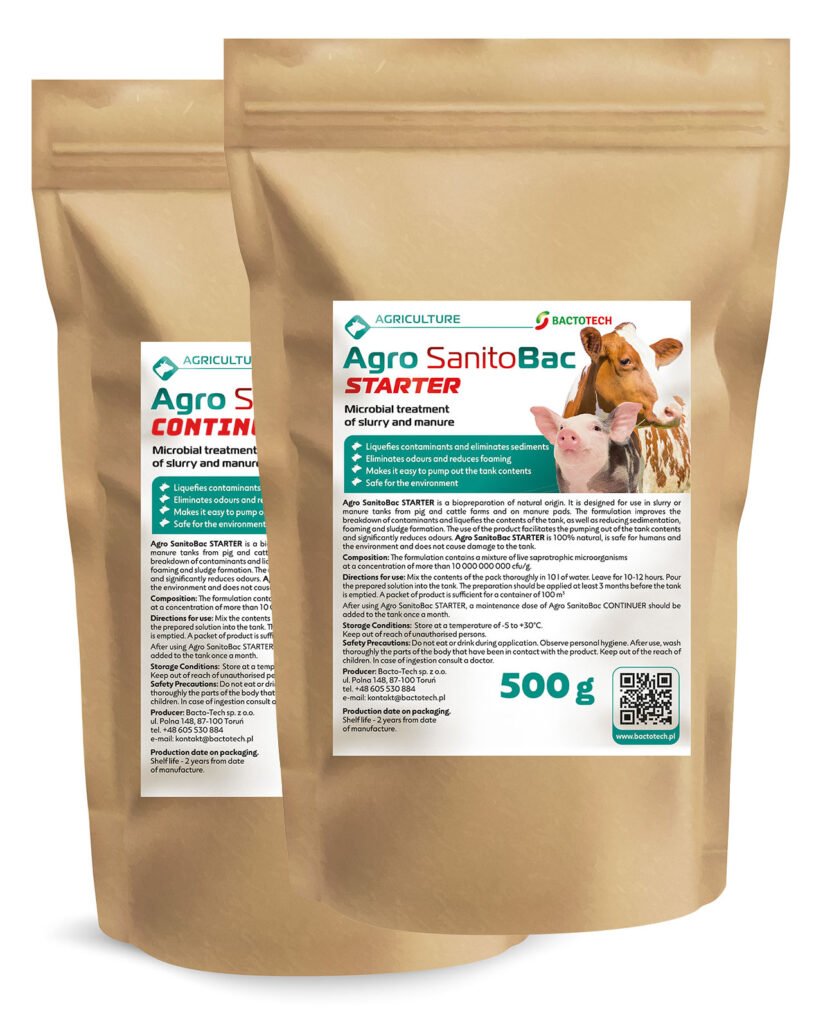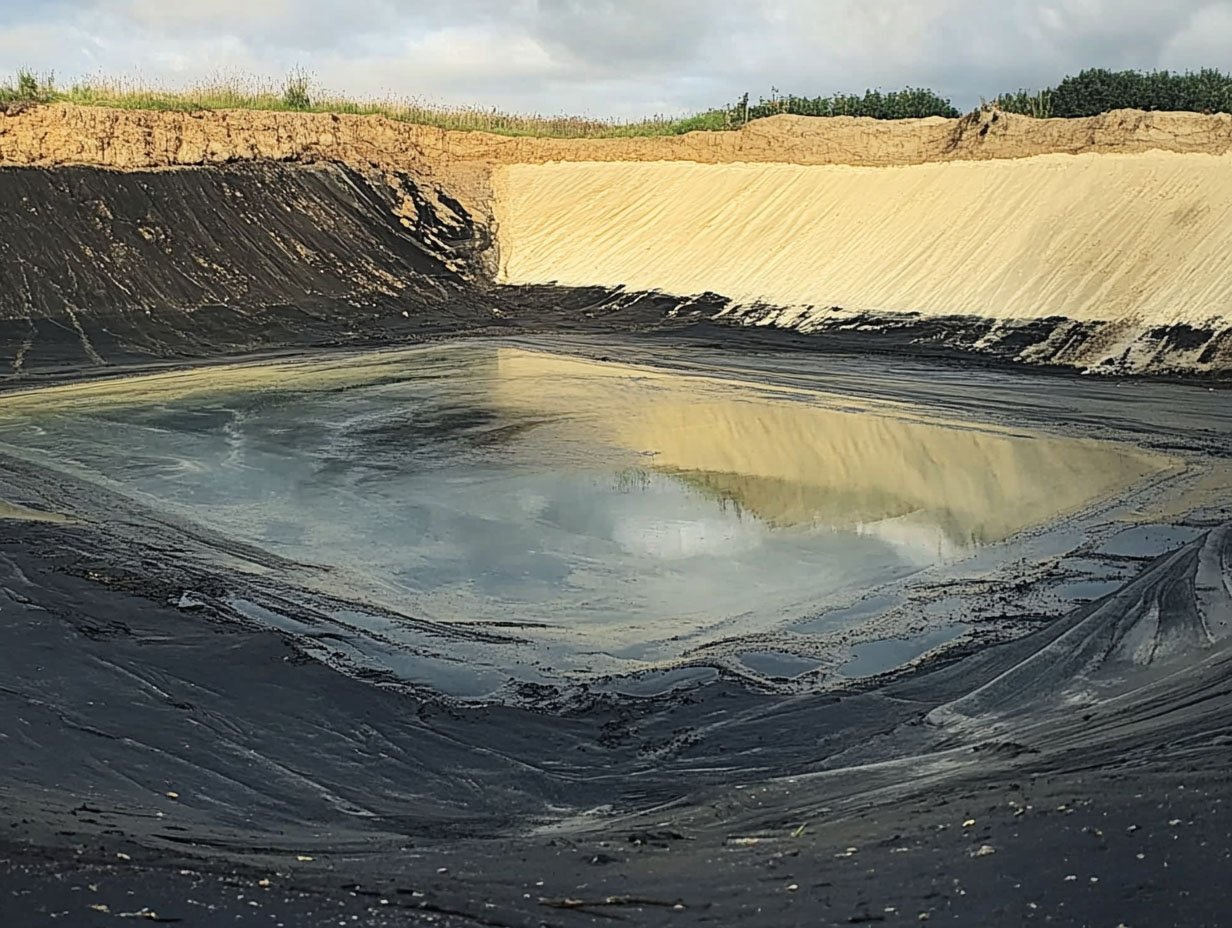If your slurry store is full and the forecast shows another wet week, you’re not alone. However, you don’t always need tankers or new concrete. Instead, by liquefying settled solids and calming foam, you can recover usable headroom quickly, so agitation and pumping become predictable again.
If this sounds familiar, you’re in the right place
Before finding us, many farmers say they feel on edge when the forecast shows another week of rain. Moreover, they’re stressed by brimming stores and the constant question, “where do I put the next load?” In addition, emergency draws, contractor calls and paperwork become exhausting. Finally, inspections, neighbours and fines sit in the back of your mind, especially when windows are tight.
Meanwhile, solids stratify, foam steals freeboard, and every wet spell tightens the screw. Consequently, the yard slides from planned work into firefighting.
Why Your Slurry Store Looks Full (Before It Is)
First solids settle, then crust and foam eat freeboard; as a result, you lose headroom, burn diesel and invite complaints.
Fix the cause, not just the symptoms.
Why capacity “disappears” (and what happens if you ignore it)
What’s really going on
First, stratification lets dense solids settle into a layer that refuses to re-suspend. Second, crust and foam steal headroom, so the tank looks “full” sooner than it should. Third, the resulting inconsistent slurry causes patchy spread patterns and odour spikes.
If you try to ride it out
As a result, you end up with less usable headroom, which forces emergency moves during rain. Furthermore, you face more agitation time and diesel just to reach a uniform mix. In addition, the risk of neighbour complaints, inspection stress and potential penalties rises. Eventually, expensive options loom, tanker hire or long, costly concrete projects.
Importantly, regulators expect you to maintain freeboard (often ~300 mm for towers/tanks and ~750 mm for earth-banked lagoons). Therefore, foam and crust can eat that safety margin faster than you think. Always check your local rules.
The fix: liquefy solids, calm foam, recover usable headroom
Here’s the practical shift. Targeted microbes (selected Bacillus consortia) digest the organics that form crusts and settled layers. Consequently, as solids break down, slurry re-suspends and behaves as a single, pumpable material. At the same time, biological activity stabilises foam, so freeboard readings are realistic and agitation runs quicker.
On farm, you’ll notice
- Faster pull-through to a homogeneous mix; therefore the PTO isn’t tied up for hours.
- Lower, steadier foam during agitation; consequently, loading becomes calmer.
- Practical capacity recovered, stores run closer to their true volume.
- Less firefighting when weather compresses spreading windows; instead, the day stays on plan.

Simple protocol (reset → maintain)
1) Shock dose high-risk stores
First, apply Agro SanitoBac STARTER after drawing down to expose more surface. Then mix with water per label and distribute across the store or via agitation points. As a rule of thumb, one STARTER sachet treats ~100 m³ (always check the label).
2) Maintain to prevent re-crusting
Next, dose Agro SanitoBac CONTINUER monthly to keep solids in suspension and foam in check. Consistency beats occasional “Hail Mary” treatments; therefore, set a calendar reminder.
3) Housekeeping & records
Finally, keep clean water out where possible and fix obvious inflows. Moreover, avoid bactericides/disinfectants close to dosing. To prove progress, keep a simple tank log (date, dose, freeboard, agitation minutes, notes).
Expected improvements (what farms usually report)
Typically, freeboard behaves, there’s far less “phantom full” from foam and crust. In addition, agitation minutes drop, so you reach full mix sooner. As a result, PTO hours and diesel fall. Meanwhile, emergency moves decline because you have breathing room in wet spells. Finally, odour spikes calm down, which leads to fewer complaints.
Because every store is different, track a 6–8 week baseline and compare it like-for-like. Consequently, you’ll know exactly what you gained.
Quick payback worksheet (use your numbers)
Start with A: regained usable headroom (m³), measure freeboard before vs after reset. Then note B: typical daily inflow (m³/day). Consequently, C: breathing room (days) = A ÷ B. Next, calculate D: diesel + labour saved = (agitation minutes saved ÷ 60) × hourly diesel & labour cost. Finally, compare with E: programme cost. Therefore, if C + D > cost, you’ve paid it back.
(Ask us for a one-page calculator you can complete on your phone.)
Field tips: do’s & don’ts
To make results stick, dose by volume and distribute to several points; then agitate after the activation period on the label. Additionally, keep monthly maintenance, don’t let solids re-settle.
On the other hand, don’t dose right before/after harsh disinfectants or oxidisers. Likewise, don’t expect microbes to fix sand/grit, mechanical removal still matters. Lastly, don’t skip logs, evidence helps both decisions and inspections.

The science behind BactoTech’s slurry products
- Agro SanitoBac STARTER – resets problem stores by kick-starting liquefaction in heavy, crusted tanks.
- Agro SanitoBac CONTINUER – routine monthly doses to keep slurry moving, foam down and odour lower.
In short, both products are designed for slurry systems under normal farm handling. Always follow the product label and safety data; moreover, avoid close sequencing with bactericides.
What to measure (turn “feel” into proof)
To verify improvements, record freeboard (cm) at fixed reference points. Next, time agitation to full mix (min). Additionally, capture foam height at start/mid/end (quick photos help). Meanwhile, log emergency events (tanker hire, overflow risks) and complaints/incidents (target = zero). Consequently, you will have a defensible, simple evidence pack.
FAQs
Will this replace building more storage?
No. It improves effective capacity by liquefying and stabilising what you already have. Nevertheless, it can buy breathing room and reduce emergencies while you plan long-term options.
Can I use it in winter?
Yes. Activity is slower in the cold; however, you still benefit from ongoing liquefaction and foam control.
We’ve got very heavy sediment, will microbes move that?
They digest organic solids. Therefore, sand/grit need mechanical management; biology helps keep organics in suspension above them.
How fast will I see changes?
Badly crusted stores often improve after the reset. Subsequently, monthly maintenance keeps behaviour predictable.
Is it safe?
Yes, use as directed and follow the safety data sheet. These are microbiological formulations intended for agricultural slurry systems.
What freeboard should I keep?
Typically ~300 mm for towers/tanks and ~750 mm for earth-banked lagoons; however, always confirm figures with your local regulator and store type.
Ready to create capacity without new concrete?
In the meantime, tell us your store dimensions, freeboard, and typical agitation time. We’ll send a storage-relief dosing plan and a simple log sheet you can start this week.
→ Get your plan: Contact BactoTech UK
→ Learn more: Agro SanitoBac STARTER & CONTINUER and here: SLURRY TANK FOAMING & CRUST; MANAGING SLURRY AND MANURE and SLURRY ODOUR COMPLAINTS
Editorial note: This article offers general guidance. Always follow your product label and local regulations. Last updated: September 2025.






